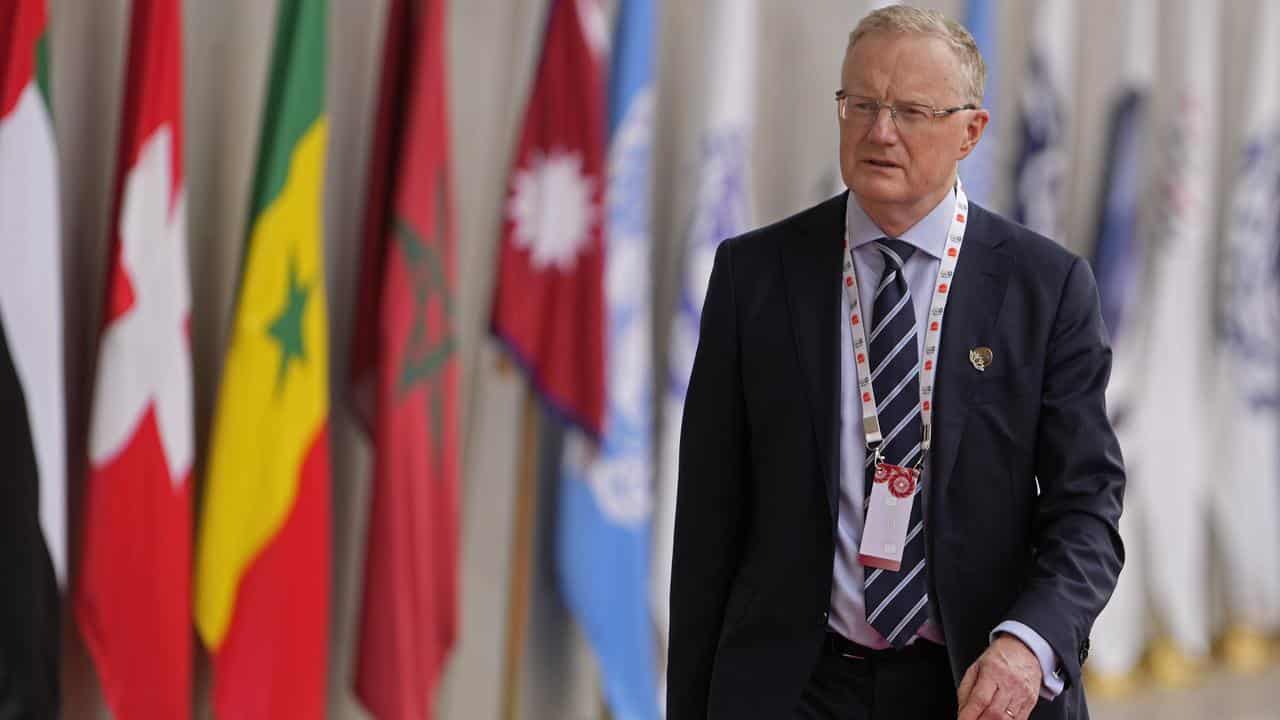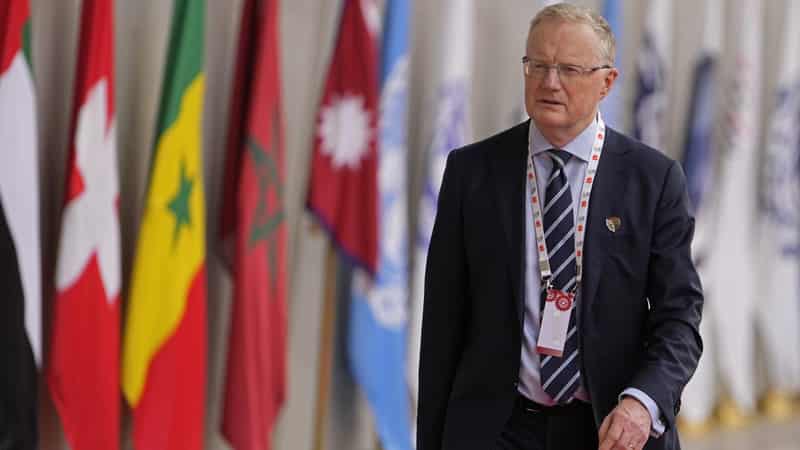
The threat of a sharper economic slowdown and job losses played into the Reserve Bank of Australia's decision to keep interest rates on hold.
The minutes from the RBA board's July meeting contained few surprises, with the board again weighing a 25 basis point hike against pausing rates.
It ultimately landed on a second pause in the hiking cycle, leaving the cash rate unchanged at 4.1 per cent.
The document emphasised the lag between interest rate movements and the impact on borrowers and other sections of the economy, as a key reason for keeping interest rates steady.
The board also discussed the possibility of the economy slowing more than expected, with "considerable uncertainty" still hanging over the household sector.
Higher interest rates on deposit accounts could weigh on spending by encouraging saving.
The impact of inflation, tax payments and mortgage payments on household disposable incomes was also raised.
Mortgage interest payments reached a "historical peak" of 9.4 per cent of household disposable income in May, with the expiry of low fixed-rate loans expected to continue pushing these numbers up.
If consumption slows much more than forecast already, the minutes said demand for labour would slow and the unemployment rate would be likely to rise beyond the rate required to ensure inflation returns to target in a reasonable timeframe.
In support of another hike in July, the board members noted inflation was still very high, especially services, energy and rents inflation, and the jobs market was remarkably strong.
"The case to increase the cash rate further was centred on the observations that inflation was forecast to remain above target for an extended period and there was a risk that this timeframe would be extended without further monetary policy tightening," the minutes said.
The board left the possibility of more hikes on the table, with the RBA keeping its reference to further tightening if needed.
CommSec economist Craig James said circumstances were leaning in favour of one more hike, with upcoming jobs data to feed into the board's next call along with the June quarter consumer price index next week.
"A stronger-than-expected print could push policymakers into hiking rates again," Mr James said.
The board will also have an updated set of staff forecasts about the state of the economy and the risks pushing it in different directions.
NAB still believes two more hikes will be needed to return inflation to target, whereas ANZ now expects the RBA to stay where it is in an extended pause.
Treasurer Jim Chalmers declined to comment on where rates were heading but agreed Australia's inflation was moderating in welcome ways.
Speaking on the sidelines of the G20 meeting of finance ministers and central bankers in Gandhinagar, India, Dr Chalmers said Australia was facing a very similar inflation challenge to other countries at the event.
He was cautious about drawing comparisons between the US and Australia's inflation trajectories following a softer-than-expected consumer price reading out of the world's biggest economy last week.
"The US peaked earlier than Australia and has been moderating for longer, and so we don't draw any direct comparisons," he told Bloomberg News.
"We hope to see inflation moderate in the next data, and we expect that it will, but it can't moderate fast enough - people are under pressure."
He also said the Australian economy would continue to grow, as forecast by both the RBA and Treasury, but really quite slowly.
Dr Chalmers travelled to the G20 meeting with RBA Governor Philip Lowe.









